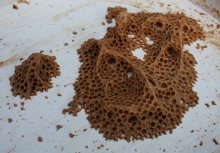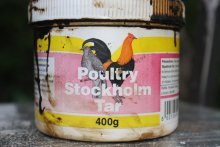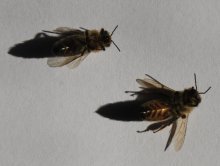Cleaning out after a harvest
I harvested a super of honey from Colony 1 a couple of weeks ago. I also had some uncapped honey in frames which had been Hive C containing Colony 11 before I went through all the complicated rearrangements.
The conventional view is that the bees will thoroughly and carefully clean comb if you put it on their hive. In my wisdom I found an exception to this view.
- Read more about Cleaning out after a harvest
- Log in or register to post comments



